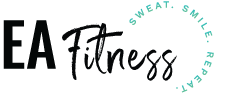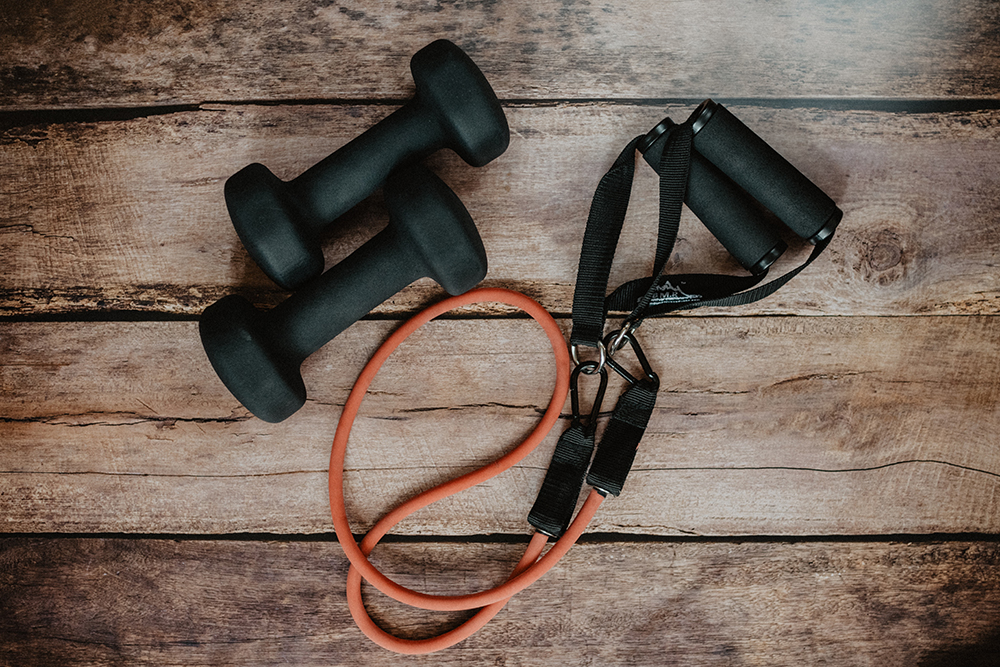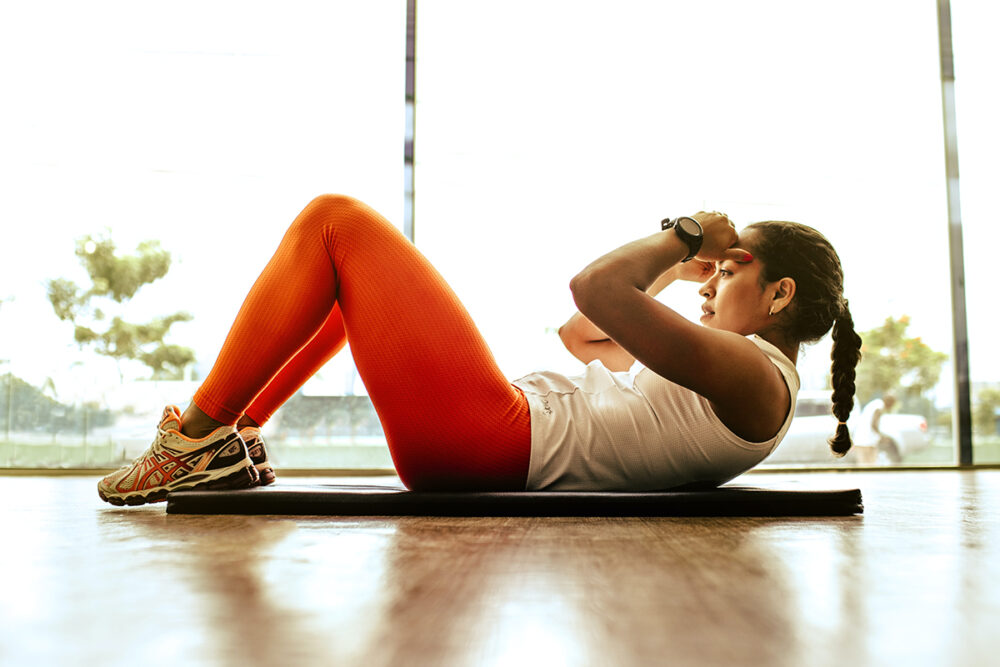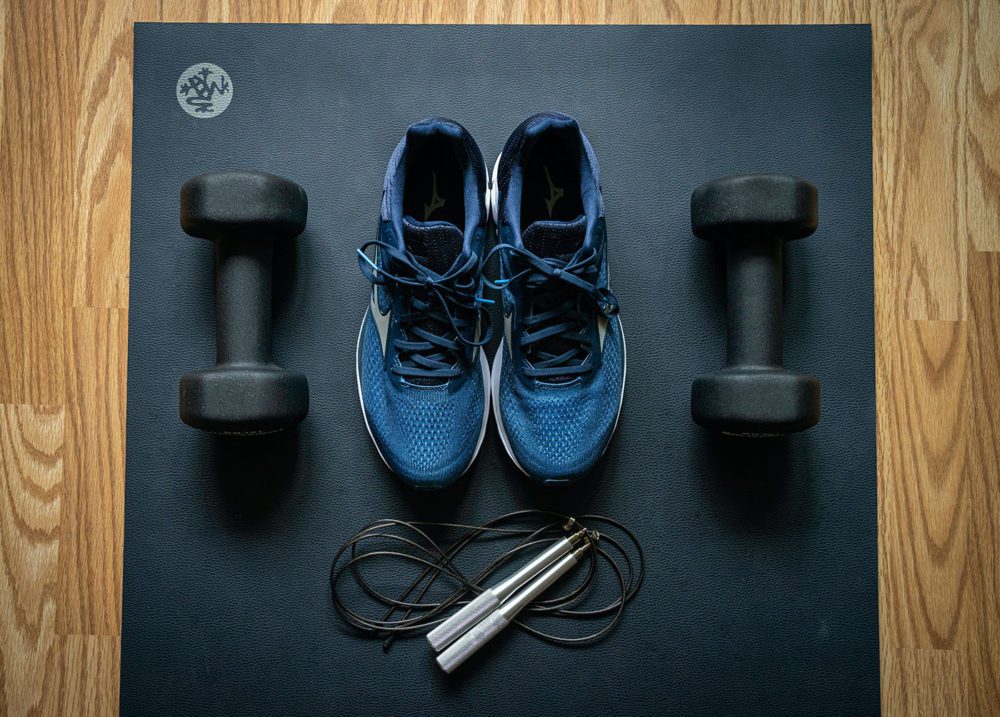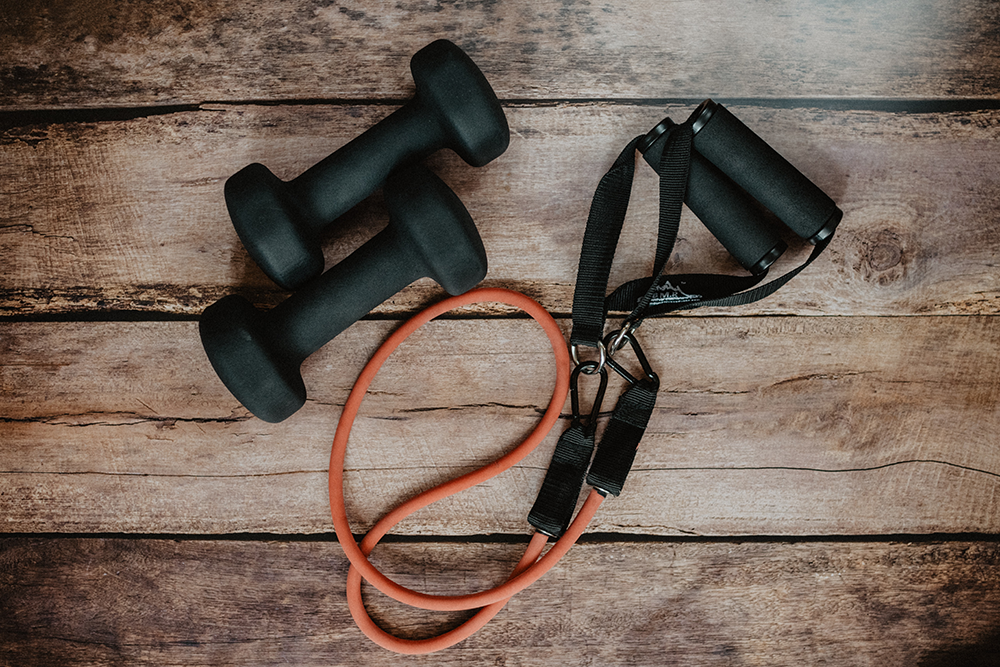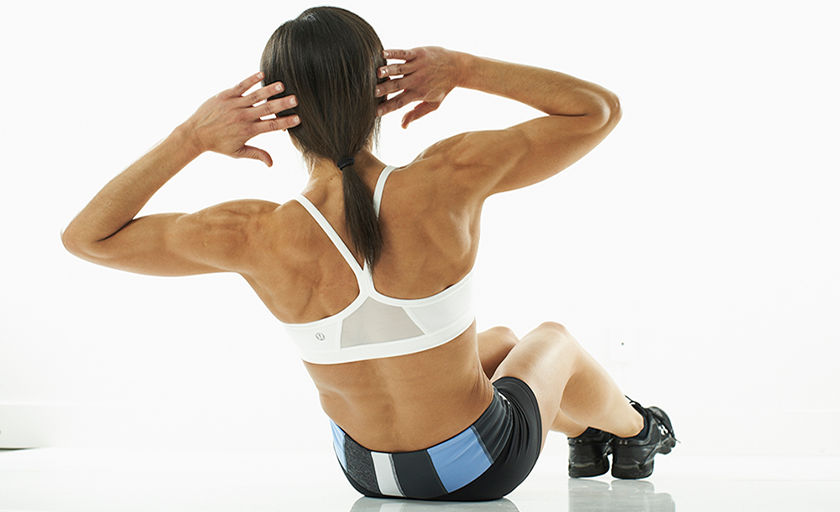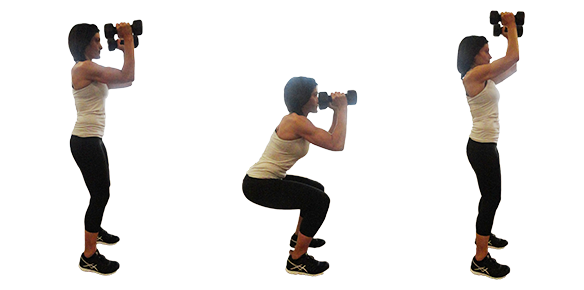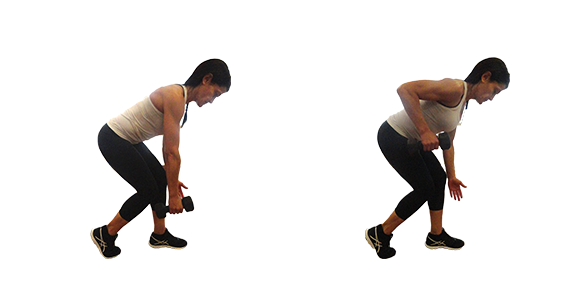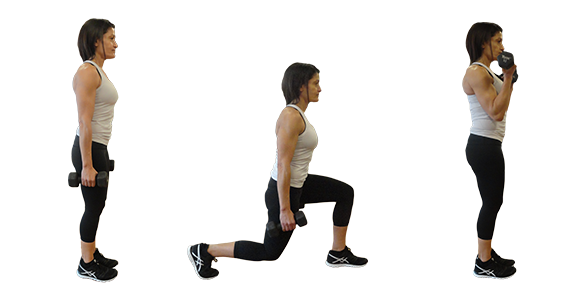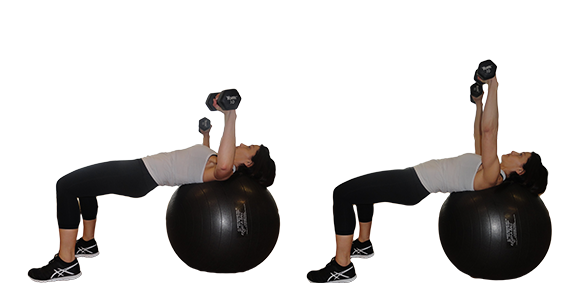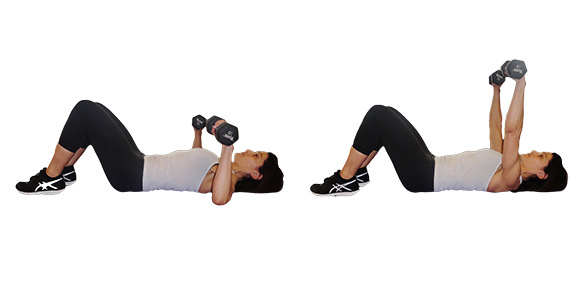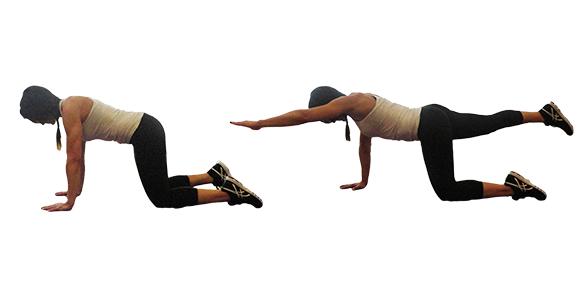Give your metabolism a boost
Summer is just around the corner, and we’re so ready for it! As we dive into the warmer months, let’s talk about a topic that we often get asked about – metabolism, and how to keep you feeling your best as cottage days, summer vacations and patio season approaches.
Whether you’re 20, 30, 40, 50, 60, 70 and beyond, you can apply ALL of these tips for the healthiest, and happiest you.
Let’s get started! Our metabolism is actually a relatively complex chemical process that turns food into energy to power the functions of all of our cells and organs. We use this energy to breathe, to think, to move, to grow, to digest, etc. Although the metabolism does concern itself with how fast our body burns calories, it is important to remember that this complex process is incredibly important to keep our bodies functioning optimally. The speed of your metabolism has to do with a variety of factors including genetics, age, height and gender, etc. Although you can’t control these areas, here are a few things you can do to improve the health of your metabolism at any age.
Get Quality Sleep
We all know how important sleep is for all aspects of our lives! This is definitely the easiest and perhaps most enjoyable thing you can do to support your metabolism. There are a few hormones involved in the reset processes of the brain during sleep, ghrelin and leptin are two in particular that play an important role in regulating the metabolism along with hunger and fullness cues. Decreased levels of these hormones have been found to directly contribute to a slower metabolism. You can combat this by trying to get 7-8 hours of quality sleep per night.
Start or Continue Strength Training
Put simply, the more muscle you carry on your body, the more energy you’ll burn throughout the day. As we age, muscle mass naturally begins to decline (about 1% each year). So, if you don’t actively use your muscles, your body begins to store more fat instead. If you haven’t been prioritizing weight training, there is no better time than the present! Try to incorporate 3-4 days of strength training to your schedule keep that metabolism fired up.
Prioritize Protein
The traditional way of thinking was that eating less and exercising more is the answer to all metabolic problems. But if you really want to support your metabolism, it’s time to focus your efforts into eating a well-balanced diet – not restricting, or skipping meals. Food is fuel!
While planning your meals, try and prioritize protein intake. Protein provides our bodies with the building blocks it needs to build and repair cells, tissues, bones and muscles. Protein also helps our bodies make antibodies to help fight infection. As we age, protein has another important job: preventing muscle loss.
Starting around age 40, the body naturally starts to lose muscle. Over the years, this rate of muscle decline accelerates. Getting enough protein from a balanced diet is one way to combat muscle wasting.
In addition, not only does your body burn more calories digesting protein than it does fat or carbs (this does not mean skip fat or carbs), but protein also helps promote fullness and helps build lean muscle mass.
Eat Frequently
After eating a snack or meal, our metabolism gets a little boost as it works to digest the food and convert it into energy. You can support this by having a small meal or snack every couple of hours as opposed to three large meals spaced out throughout the day. Keep in mind, food quality still counts, aim for protein packed snack options, feeling lost on what to eat? We’ll being sending a few ideas you can incorporate in our weekly newsletters!
So there you have it, staying active, incorporating strength training workouts into your routine, including good sources of quality protein and getting plenty of sleep will help your metabolism at any age!
